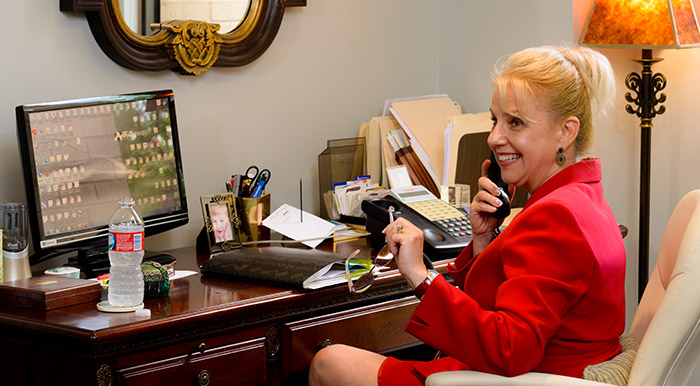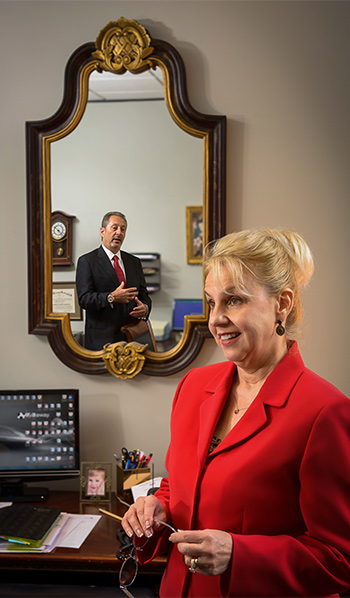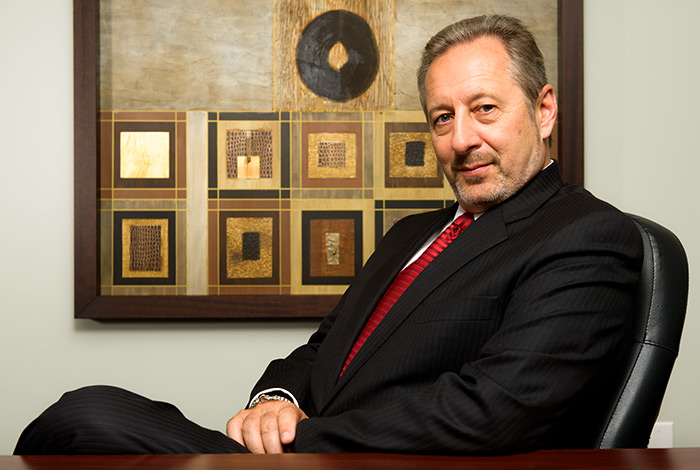Yours, mine, & ours
Yours, mine, & ours

John Gutfranski, CFP, AIF, CRPC • Houston, TX
Cetera Advisor Networks LLC
Debra White Stephens, CFP • Houston, TX
Cetera Advisor Networks LLC
Four years ago, Debra White Stephens and John Gutfranski partnered in a long-range succession plan. Each brings different strengths to the table, and their clients—both old and new—have appreciated the smooth transition.
Proactive Advisor Magazine: It is great to speak with both of you. Can you describe your working relationship?
Debra White Stephens: John and I are in the fourth year of a long-range succession plan that will take about 10 years. It is going very well.
John Gutfranski: Right. We have a bit of a “yours, mine and ours” practice right now, and we are continually developing our joint relationship with new and existing clients.

What were you both doing previously?
Debra: I have had a pretty steady and consistent practice, with close to 40 years in the business. While I say consistent, I have evolved my focus over the years, starting strictly with life and health insurance, acquiring my CFP in 1985, and from there building a full-service advisory and planning practice. I have worked with small-business owners for many years, and they remain a major focus.
John: My story is quite different. I have a strong background in banking and investment products and most recently worked for several years at a large national firm. When the 2008 financial crisis hit, there was a fair amount of disruption within that company and my specific team. I examined a few alternatives and am very happy to have joined Cetera Advisor Networks in 2009.
Debra and I mesh quite well in the small-business area. We find if Debra has an existing business relationship, I will generally take the lead on the 401(k) side and Debra will focus more on the key executive financial planning, with both of us involved in the asset-management piece.
What is your philosophy on investments?
John: One of our guiding principles is in managing the volatility and fluctuations of the market through active management. It is nice to hit a home run or triple every now and again, but we are more focused on singles and doubles—reducing the errors, if you will, and in winning by not losing. I guess if you had to put a picture on our practice, it would be of the tortoise coming in first in the race over the long haul.
Debra: If someone comes to meet with us and is totally focused on “how we did” versus the market last year or any year, it’s probably not a good fit for us.
John: I think what we really share is the viewpoint that we are going to give each and every client a credible, research-based investment recommendation based on their specific needs and risk tolerance. Third-party active managers are a big part of that equation.
Do clients understand active management principles?
 Debra: Assuming it was appropriate for a client, I take them through a little bit of market history and explain the impact another year like 2008 might have on their portfolio. When you put that into real dollars and not just percentages, it makes an impression and helps them better understand the risk that can be out there.
Debra: Assuming it was appropriate for a client, I take them through a little bit of market history and explain the impact another year like 2008 might have on their portfolio. When you put that into real dollars and not just percentages, it makes an impression and helps them better understand the risk that can be out there.
I show the math of what happens if one just sits in a buy-and-hold situation and how difficult that can be to recover from. Then I explain that is why we use active managers, who are able to move to defensive mode in a portfolio when necessary and are watching fundamentals and trends every day of the week.
John: I explain that we are like their personal CFO and are not just going to put them into investments and hope everything works out fine. That is not acceptable. We will be very rigorous in our evaluation of third-party managers and make sure they are consistently delivering on their strategies. If not, we are not hesitant to make changes.
But what the client really needs to understand is that we are putting together a risk-managed strategy. We are not benchmarking against the S&P 500, we are benchmarking with an eye to risk-adjusted returns. It is all about winning over the long term in a slow and steady fashion by avoiding large losses. We do this by employing active managers who can understand the current market environment and who can be highly adaptive as conditions undergo change.
What kinds of strategies might this involve?
John: Hypothetically, we might start with a core equity and bond portfolio that is actively managed either through a single third-party manager or several different managers. Regardless of that decision, it is usually a well-diversified approach utilizing multiple strategies to reduce risk and construct appropriate correlations. Then beyond that, we might add a further layer of diversification through things like non-traded REITs, currency baskets, structured notes, or closed-end investment funds like BDCs. For many clients who need both asset growth and a future guaranteed income stream, we will see if annuities are appropriate, which can also have an active management component.

Thank you both for your time. Any concluding thoughts?
Debra: My practice has been very relationship-oriented over the years. While I do exhaustive fact-finding with clients on their financial situations, I also think the more qualitative side of the business is very important—really getting to know your clients and their personal and business aspirations. I have seen clients who started with very little in the way of assets now retiring with a very nice lifestyle, and I have been with them every step of the way.
John: I agree with Debra that feelings are equally as important as facts. But I am really a numbers and research-oriented person by nature, and what motivates me is putting together a financial plan or investment portfolio that maximizes returns while managing risk. Maybe a combination of Warren Buffett and Harry Potter could deliver unrealistic investment returns every single year, but that is not our focus for clients. It is about seeing client assets grow responsibly, always with an eye to risk and asset protection. This makes for satisfied clients who are meeting their objectives, which in turn leads to strong relationships and ultimately referrals.
Disclosure: Securities and investment advisory services offered through Cetera Advisor Networks LLC, member FINRA, SIPC. Cetera is under separate ownership from any other named entity.
Following publication of this article, Ms. Stephens and Mr. Gutfranski were registered with Voya Financial Advisors, Inc., effective 2015.
Photography by Scott F. Kohn

